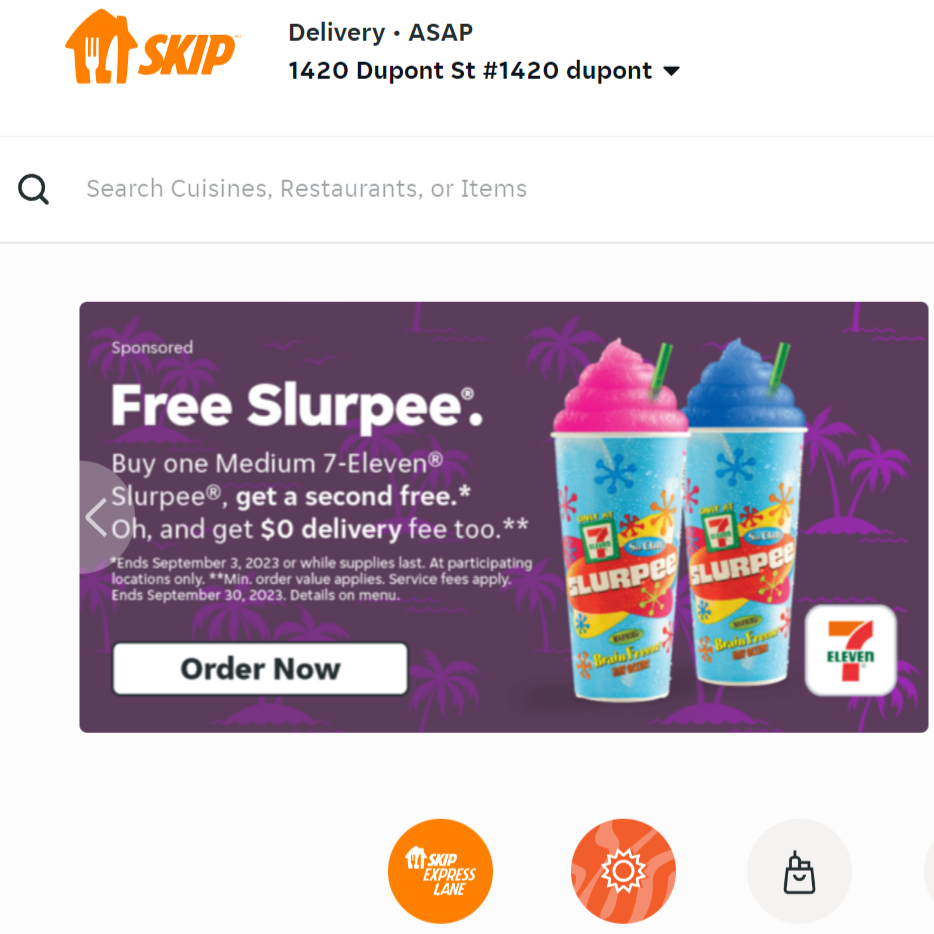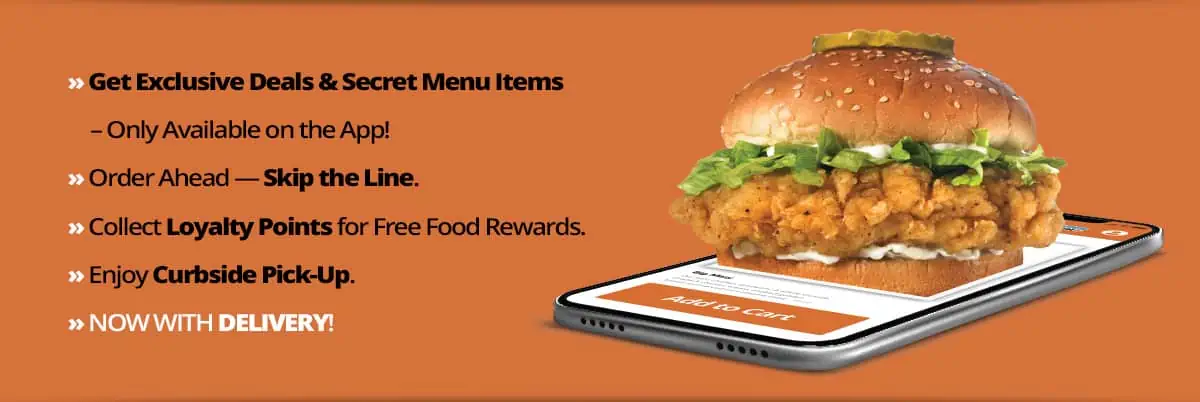Unlocking Revenue Streams: The Untapped Potential of Takeout and Delivery for Small and Medium-Sized Food Businesses
By Spencer Reynolds
Over the past decade, consumer dining preferences have undergone a significant transformation, with a notable shift towards takeout and delivery services. For small and medium-sized restaurants, these evolving trends offer a golden opportunity to diversify and boost revenue streams. In this article, we dispel misconceptions surrounding takeout and delivery, shed light on the changing consumer landscape, delve into the last-mile delivery tech space, explore the lost opportunity cost, and examine how the pandemic has reshaped the luxury dining experience.
The last 15 years have witnessed a monumental shift in consumer behavior. One survey revealed that the percentage of consumers who order takeout and delivery has surged by a staggering 300% since 2001. Convenience, busy lifestyles, and changing work patterns have fueled this change. The rise of food delivery apps and platforms has further amplified this trend, making it easier than ever for customers to place orders with a few taps on their smartphones.
Now I know what you’re thinking....
Uber Eats charges 30%, how am I supposed to make a margin on that?

Implementing takeout and delivery services doesn’t have to be an intricate and costly endeavor. Thanks to advances in technology and innovative platforms, setting up a streamlined takeout and delivery system has become remarkably user-friendly and cost-effective. What’s critical for operators is to make those platforms work for you, not the other way around. It’s essential to read the fine print, strategize about what menu items to offer online and when, and to review your statements so you know what’s working and what isn’t.
Contrary to these apprehensions, takeout and delivery have been proven to yield substantial returns. According to industry data, businesses that have embraced these services have experienced an average revenue increase of 20% to 30% within the first year of implementation.
The advent of last-mile delivery technology has added an exciting dimension to the takeout and delivery landscape. In fact, it’s not just about convenience; it’s a powerful marketing tool in disguise. Partnering with delivery apps provides small and medium-sized food businesses with an extensive and readily accessible customer base. These apps serve as digital marketplaces where your offerings are prominently displayed, effectively introducing your brand to a wider audience. Think of it as curb appeal online.
“Our primary goal with third-party delivery is to reach a greater target audience in hopes of attracting new guests.” said Angela Windsor, Director of Marketing for Mary Brown’s Chicken, adding that “…guests typically order in higher volumes [on delivery platforms].”
“These delivery platforms have users who’ve probably never had Mary Brown’s or aren’t in close enough proximity to one to come into a physical location, so we’re able to get to these guests using the platforms. We also leverage the targeting tools and promotions from these platforms which is another bonus. Missing out on these partnerships would’ve really been a huge, missed opportunity because they have such high usage, especially within the last few years.” Aside from this, Mary Brown’s also utilizes their recently launched app to roll out irresistible promotions directly to customers that will leave their taste buds tingling.
Customer reviews and ratings on these platforms act as a form of almost-free marketing. Positive feedback can significantly enhance your business’s reputation and credibility, driving more customers through your virtual doors. The app’s user-friendly interface and hassle-free payment options contribute to a seamless customer experience, making it more likely for them to become repeat patrons.



When it comes to the value of takeout and delivery, the real question isn’t whether you can afford to implement these services—it’s whether you can afford not to. The lost opportunity cost of not tapping into this revenue stream can be substantial. Every potential customer who prefers the convenience of delivery over dining in represents a missed chance to generate revenue. By embracing takeout and delivery, you not only retain your existing customer base but also attract new ones, bolstering your bottom line in the process.
The outbreak of the COVID-19 pandemic brought about unprecedented changes in the way people interact with restaurants. Social distancing measures and lockdowns forced a significant portion of the population to turn to takeout and delivery as their primary means of experiencing restaurant cuisine. What emerged from this necessity was a shift that blurred the lines between luxury dining and home-based experiences.

As people adapted to enjoying restaurant-quality meals in the comfort of their own homes, the perception of luxury dining expanded beyond the confines of a physical establishment. Gourmet meals, once associated exclusively with fine-dining venues, were now being savored in living rooms, creating a unique and intimate experience. Small and medium-sized food businesses that harnessed this shift were able to thrive, capitalizing on the newfound appreciation for elevated dining experiences at home.
So while adding takeout and delivery may seem daunting, the value is there. True, there are new overhead costs in buying takeout containers, cutlery, and bags — not to mention negotiating with delivery platforms — but delivery and takeout are here to stay. Diversifying the revenue streams of your business, and expanding beyond dine-in, can enable you to explore new menu items, move products, lower food costs, reach new customers, and ultimately expand your business.


